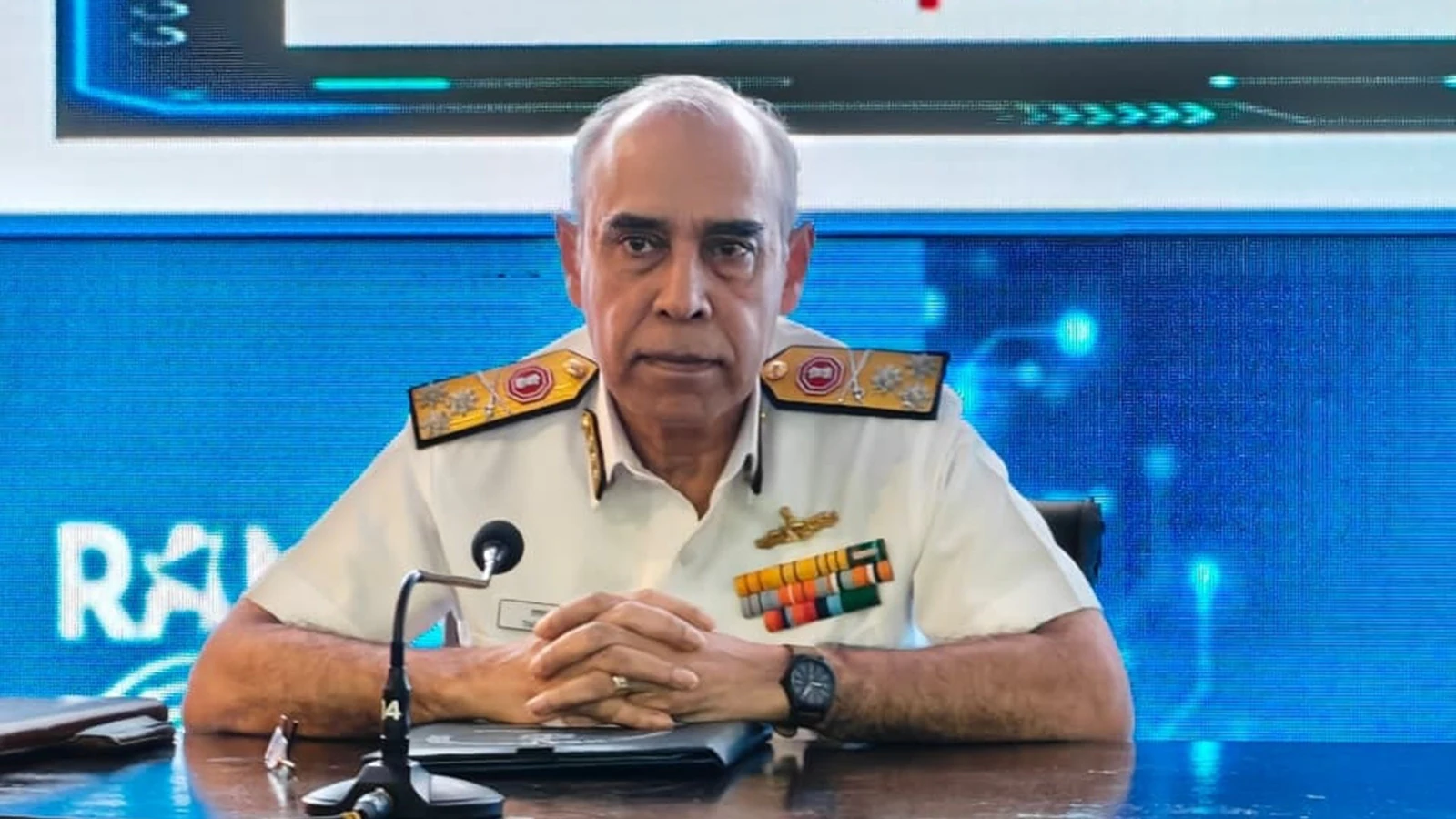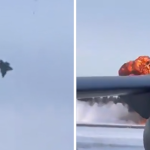The Indian Navy is set to incorporate longer-range strike vectors and advanced counter-drone systems as part of its evolving combat strategy following the lessons of Operation Sindoor, Vice Admiral Tarun Sobti, Deputy Chief of Naval Staff, said Tuesday.
Speaking on the sidelines of Ran Samwad 2025 — a two-day tri-service dialogue on war, warfare, and warfighting at the Army War College, Mhow — Vice Admiral Sobti emphasized that the Navy is focusing on conceptual and technological shifts to prepare for future conflicts.
Focus on Long-Range Strike
Highlighting the need for extended-range strike capabilities, he said the Navy is examining platforms that can influence land and shore targets at sea without crossing into adversary territory.
“…the Navy is very much looking into that, and therefore military targets, as well as economic targets on land… become a higher priority. This means we need to go in for longer-range vectors capable of that attack,” he noted.
Tackling Drone Threats
Vice Admiral Sobti underlined that one of the biggest lessons from Operation Sindoor is the ubiquitous use of low-cost drones, citing examples from Houthi attacks in the Red Sea and Gulf of Aden.
“Warships equipped with expensive surface-to-air missiles costing millions of dollars cannot really afford to expend their limited arsenal on a handful of low-cost UAVs,” he said. “We must develop counter-UAV systems that can neutralize these threats effectively.”
Electromagnetic Challenges at Sea
He further pointed out the challenges of operating in the dense electromagnetic (EM) environment aboard warships, where adding new jamming or counter-drone systems risks interfering with existing radars and sensors.
“When a counter-UAS jammer is added to a warship, it can end up jamming its own radars as well. That’s one of the pitfalls, and we are working on solutions,” he explained.
Lessons from Operation Sindoor
Reflecting on the operation itself, Vice Admiral Sobti praised the readiness and morale of naval personnel.
“They were raring to go. The escalation ladder was controlled, and because we had both a military and a political aim — achieved very early — the operation stayed within limits. Had the other side escalated, we were fully prepared.”
Operation Sindoor, officials have said, has become a template for joint-service operational readiness, shaping India’s approach to modern maritime warfare.













